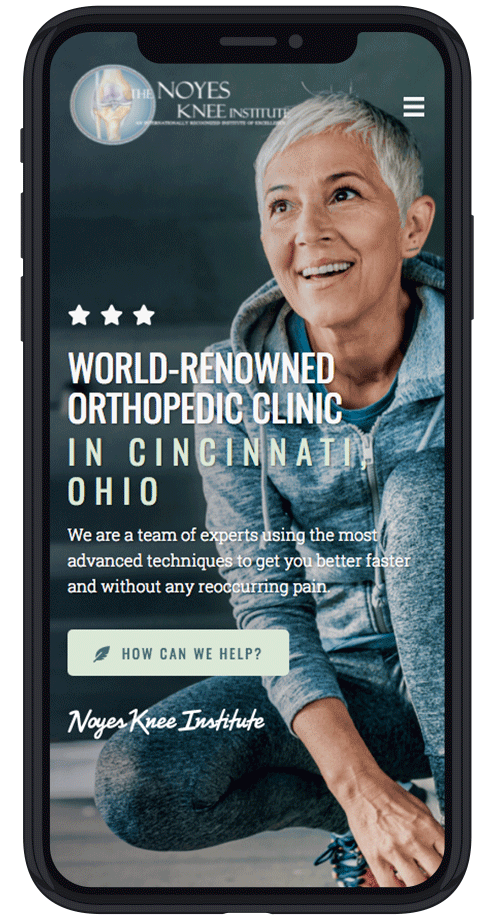Published On
Category
If you worry about your knee health, many people may tell you to avoid running at all costs. Running exerts three times as much force on the knees and joints as walking, and the extra impact purportedly weakens cartilage and worsens joint pain.
However, researchers have discovered the opposite is often true. Studies indicate that running does not increase the risk for knee osteoarthritis, and in healthy runners, the exercise can actually strengthen the knee cartilage. Better still, those who run regularly tend to maintain a healthier weight than those who don’t, and as a result, they suffer fewer knee and joint pains.
At the same time, running does present a few risks if you approach it incorrectly. Approximately 70% of runners suffer from at least one knee injury during their lifetime, and many of these injuries are preventable.
If you want to avoid common knee injuries, such as patella-femoral pain (or runner’s knee), make sure to follow these simple steps.
1. Wear the Right Shoes
Running begins with your feet. Each step you take creates a force that travels up your legs and disperses throughout your spine. If your feet have a misalignment, you can expect your knees and back to compensate, absorbing extra pressure and force until you suffer an injury.
To enjoy the most benefits with the fewest risks, go to a running store and ask a professional to analyze your gait. You’ll need to walk and run while barefoot and while wearing a pair of neutral shoes. From there, the professional can recommend supportive shoes that will correct any misalignments.
As you shop for shoes, make sure your new shoes fit your foot perfectly. A large majority of runners forget that as blood flows to the feet, their feet swell and expand. Your shoes need to accommodate that fluctuation in size.
2. Warm Up Before Your Run
Some days may seem perfect for running. The sun shines brilliantly overhead with a few clouds and a gentle breeze to give you relief from the heat. The paths are free from crowds, and you have all day to explore a new route or set personal records at your favorite track.
But just because you feel emotionally ready for a good cardio session doesn’t mean your body is up to the challenge. No matter if you plan to run for miles or for minutes, your muscles will need the chance to warm up. Otherwise, you may pull a muscle, tweak a tendon, or sprain an ankle before you reach the finish line.
For best results, focus on improving blood flow and oxygen intake. Walking, skipping, and butt kicks will give you a chance to loosen up and gradually increase your heart rate.
3. Cross-Train Between Sessions
When you find an exercise you love, you understandably want to stick to it and repeat your successful results. Consequently, you may feel tempted to run, and only run, several times per week.
While running throughout the week builds muscle, burns fat, and strengthens your heart, you shouldn’t neglect to cross train between sessions. When you overuse the same muscles without giving them adequate recovery time, you may develop muscular imbalances. For example, you might develop tight hamstrings and weak quadriceps, although your calves and glutes may look toned. These imbalances increase your risk for injury every time you run.
If you want to correct imbalances, cycle between multiple exercises that work a variety of muscles. Swimming, cycling, and plyometrics will not only strengthen the rest of your body but can even improve your overall running speed and range of motion.
Talk to Your Doctor About Persistent Knee Pain
Running works wonders for those in a healthy weight range, but keep in mind that this exercise might not be the best choice for everyone. If you suffer from arthritis or a similar knee condition, you may experience knee pain despite your best efforts to choose the right footwear and work the right muscles. In these cases, you’ll need to consult your doctor about possible solutions for treating your condition and alleviating your pain.

